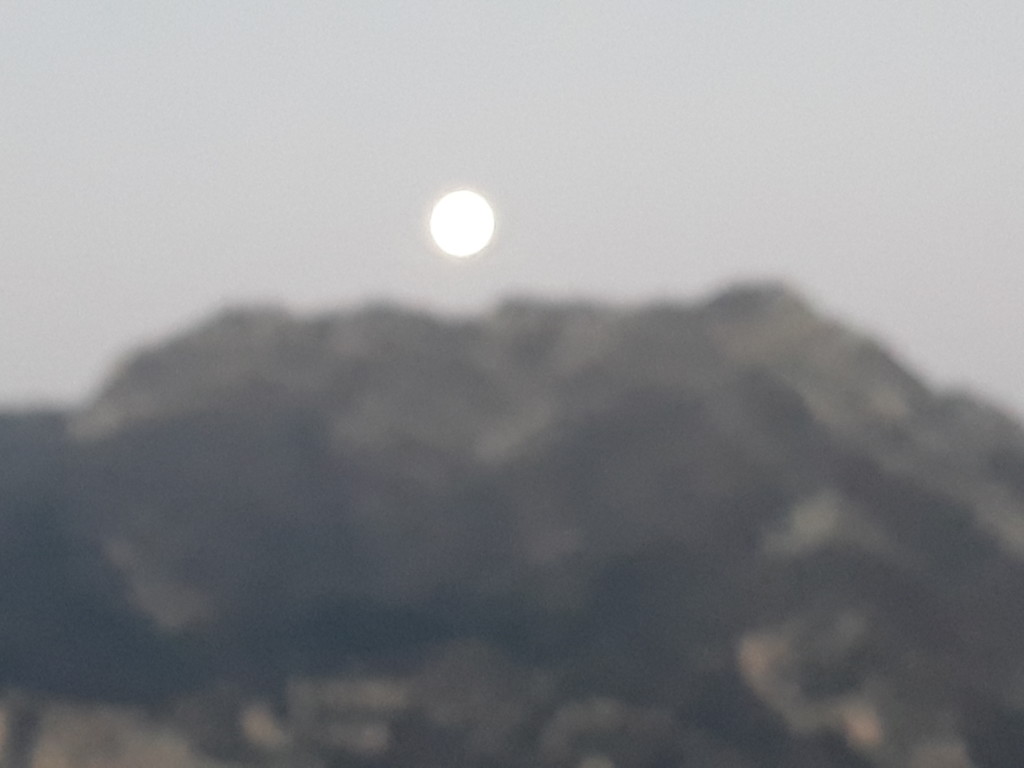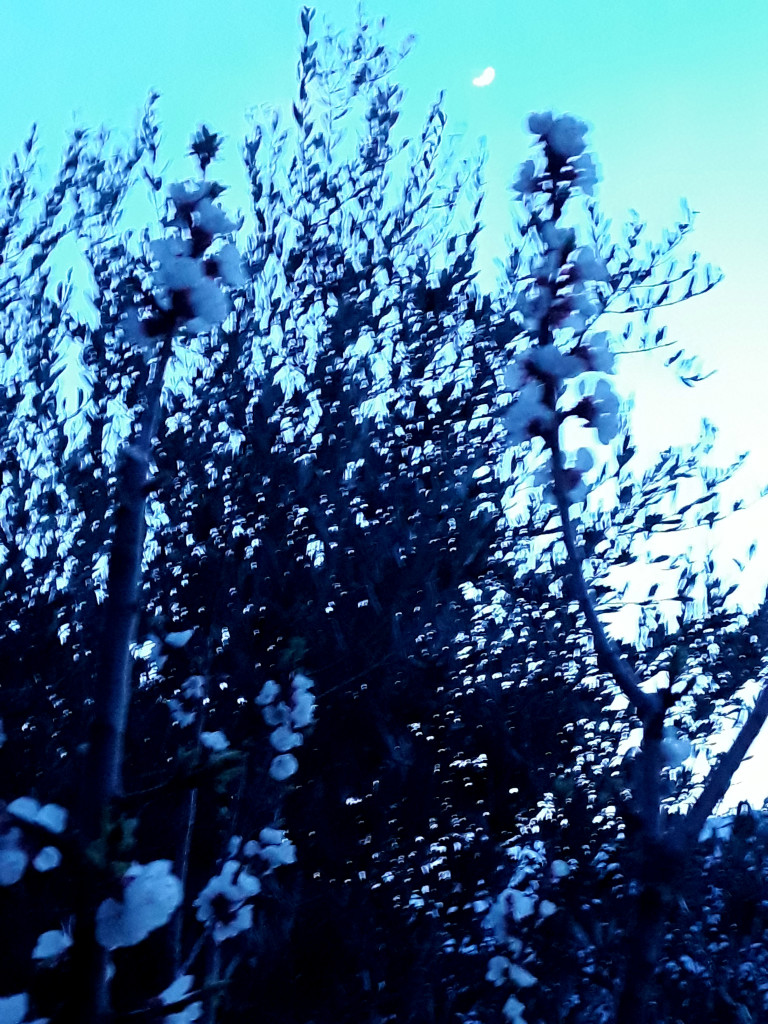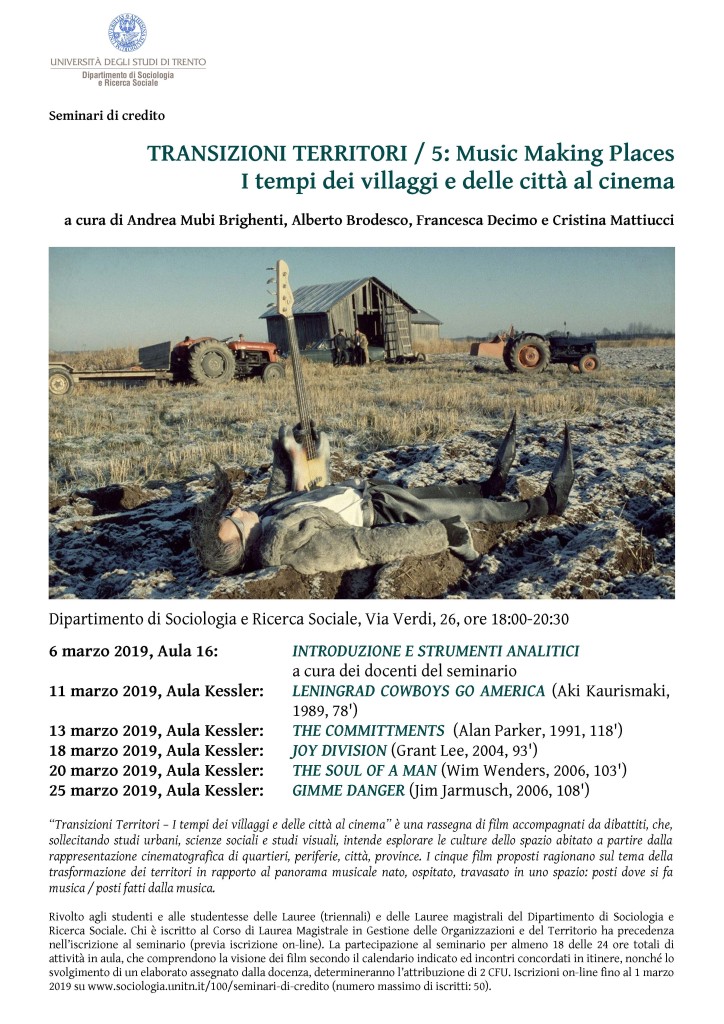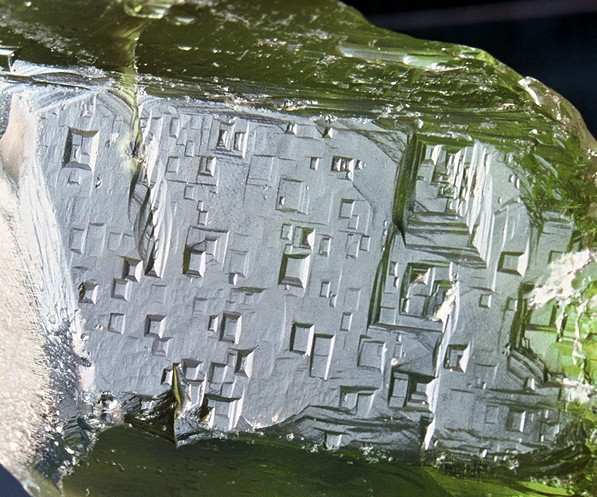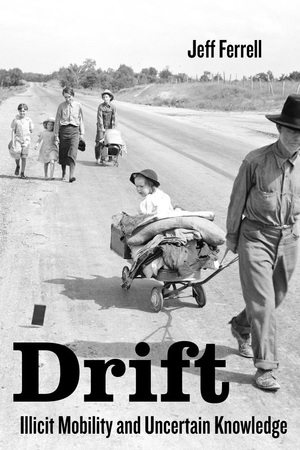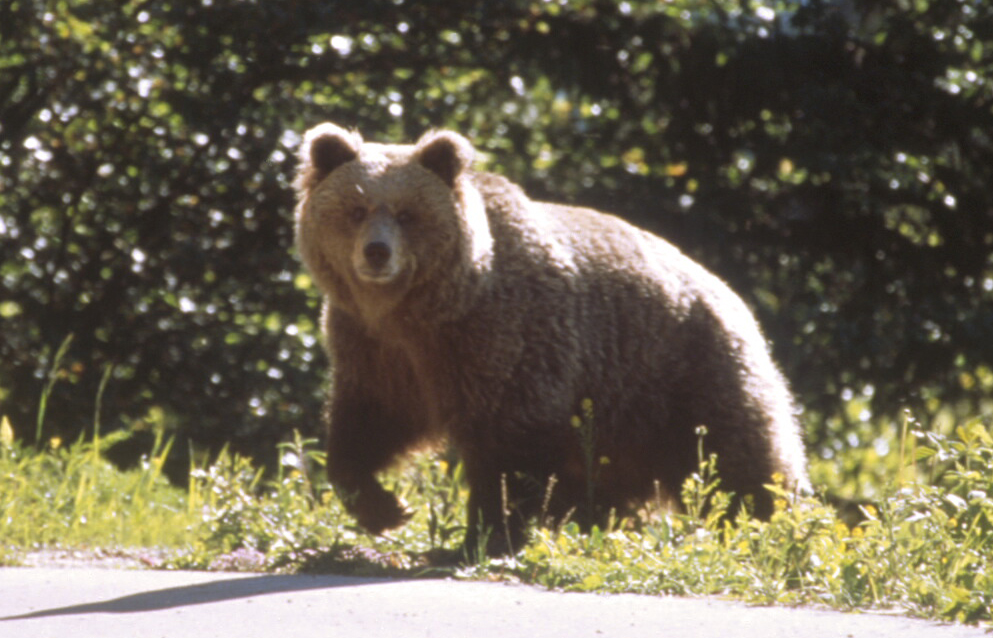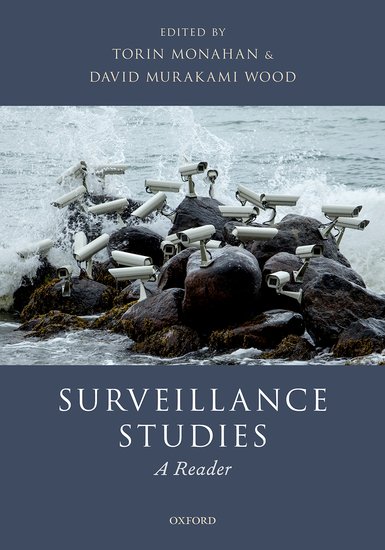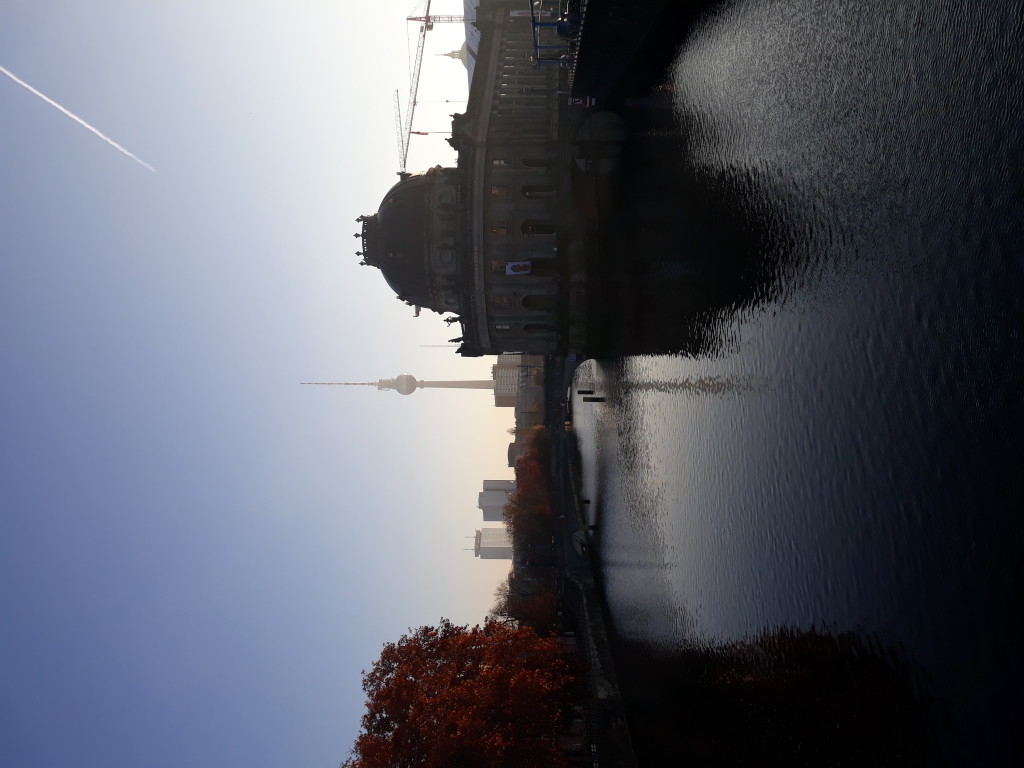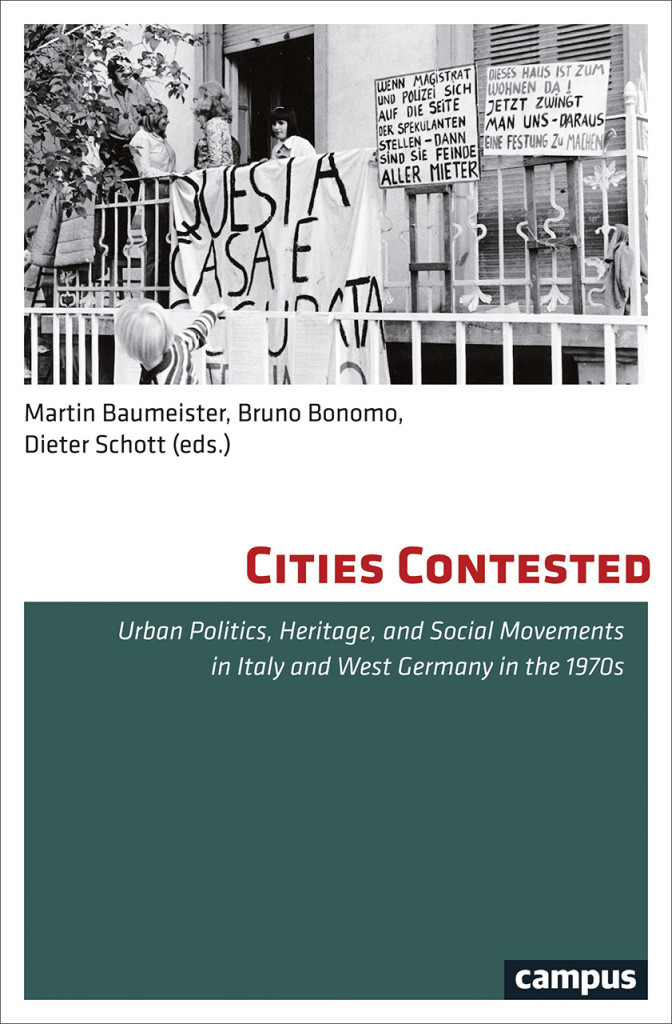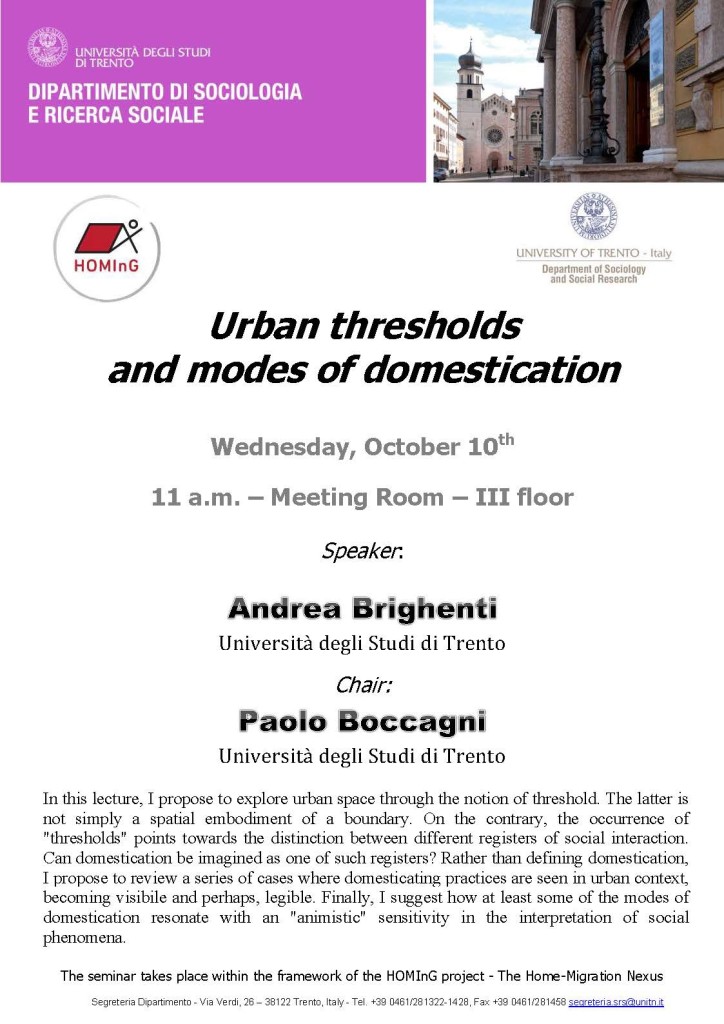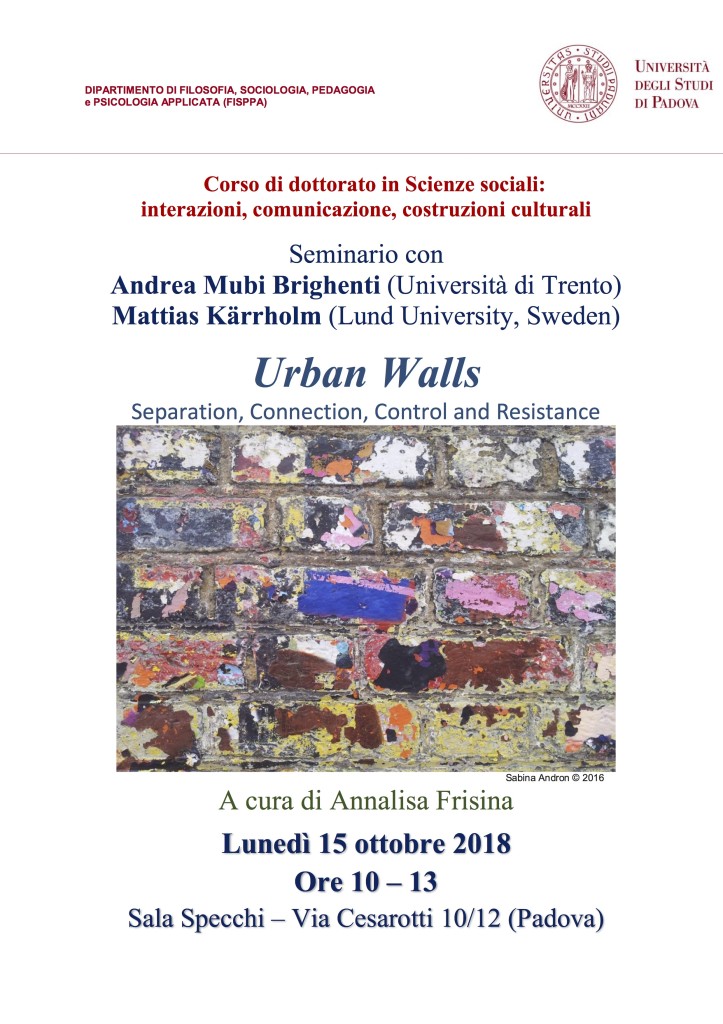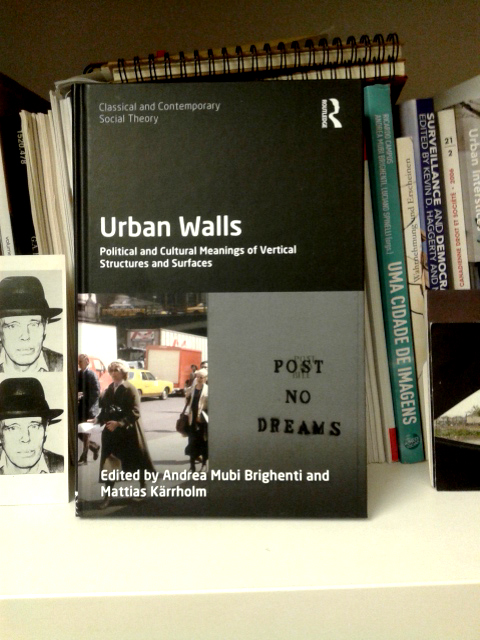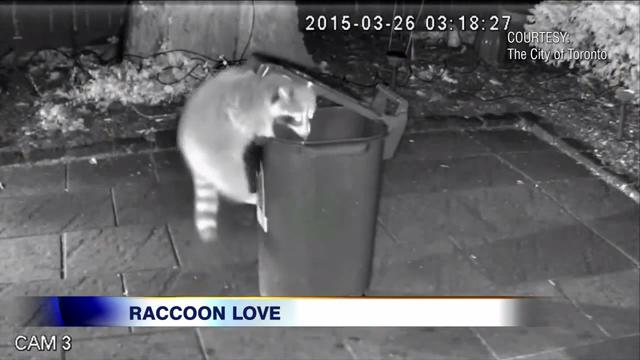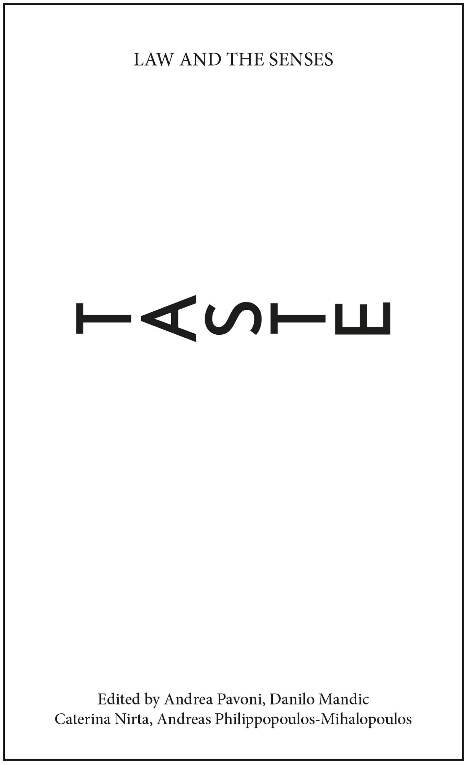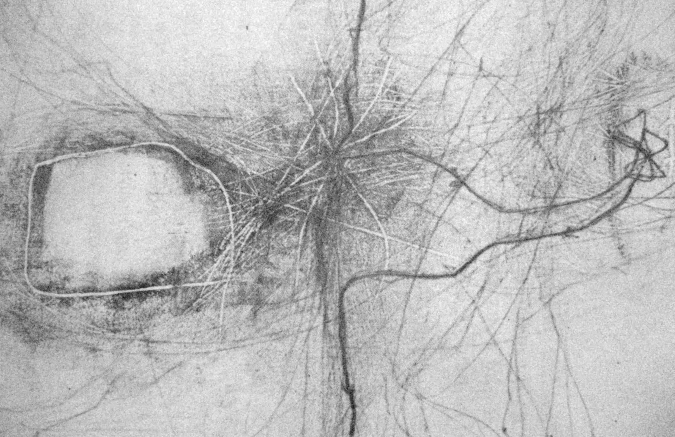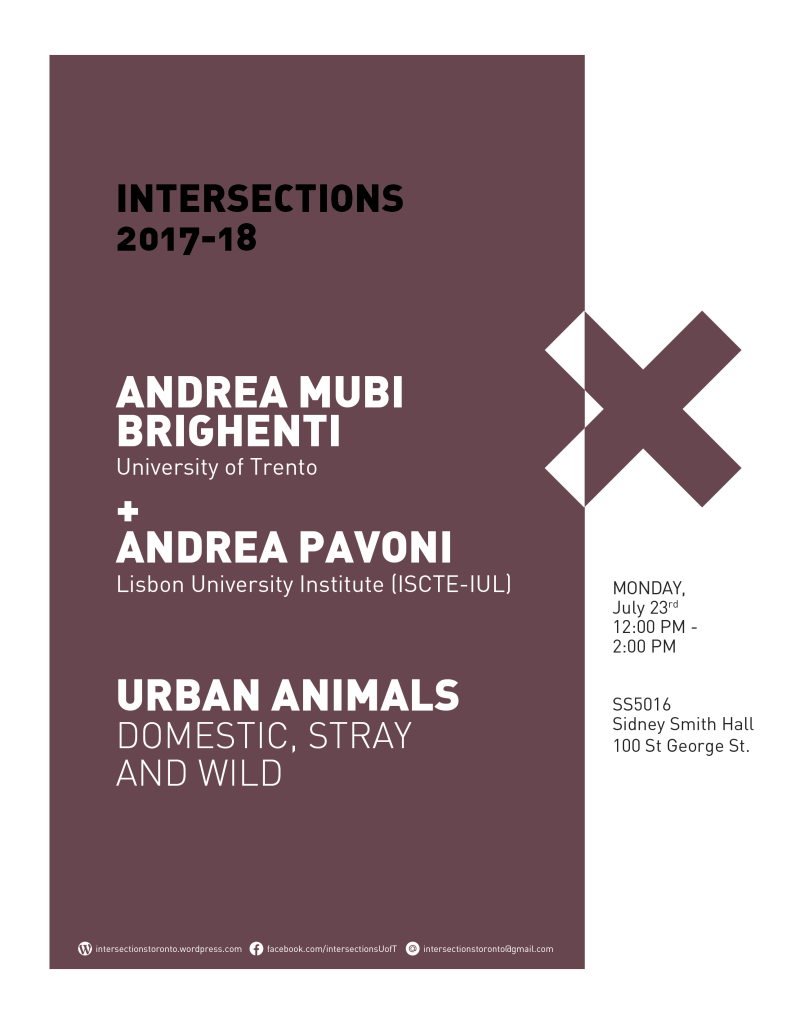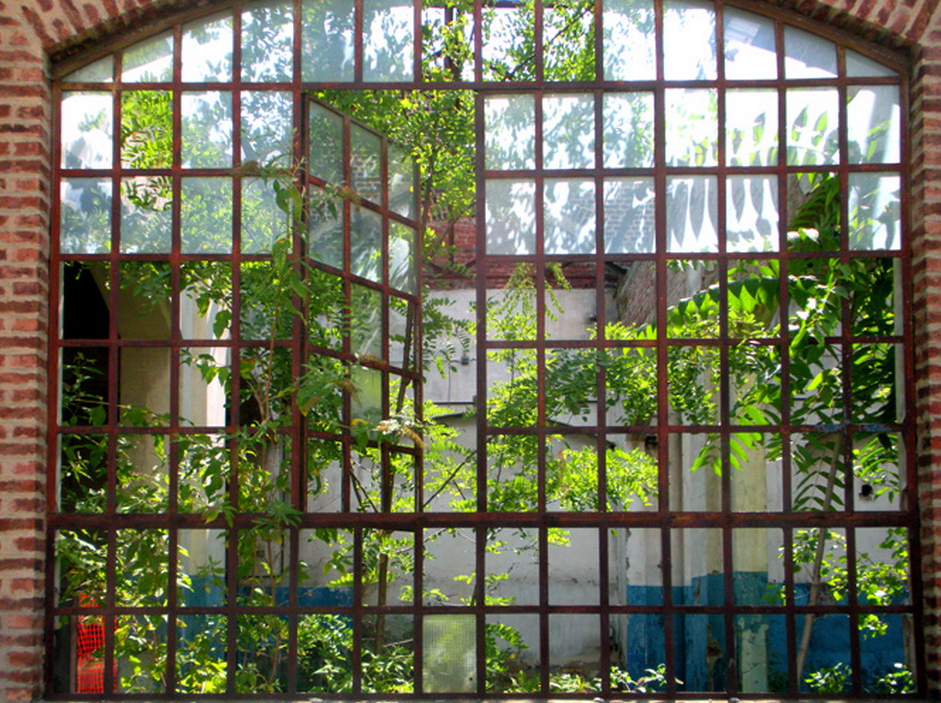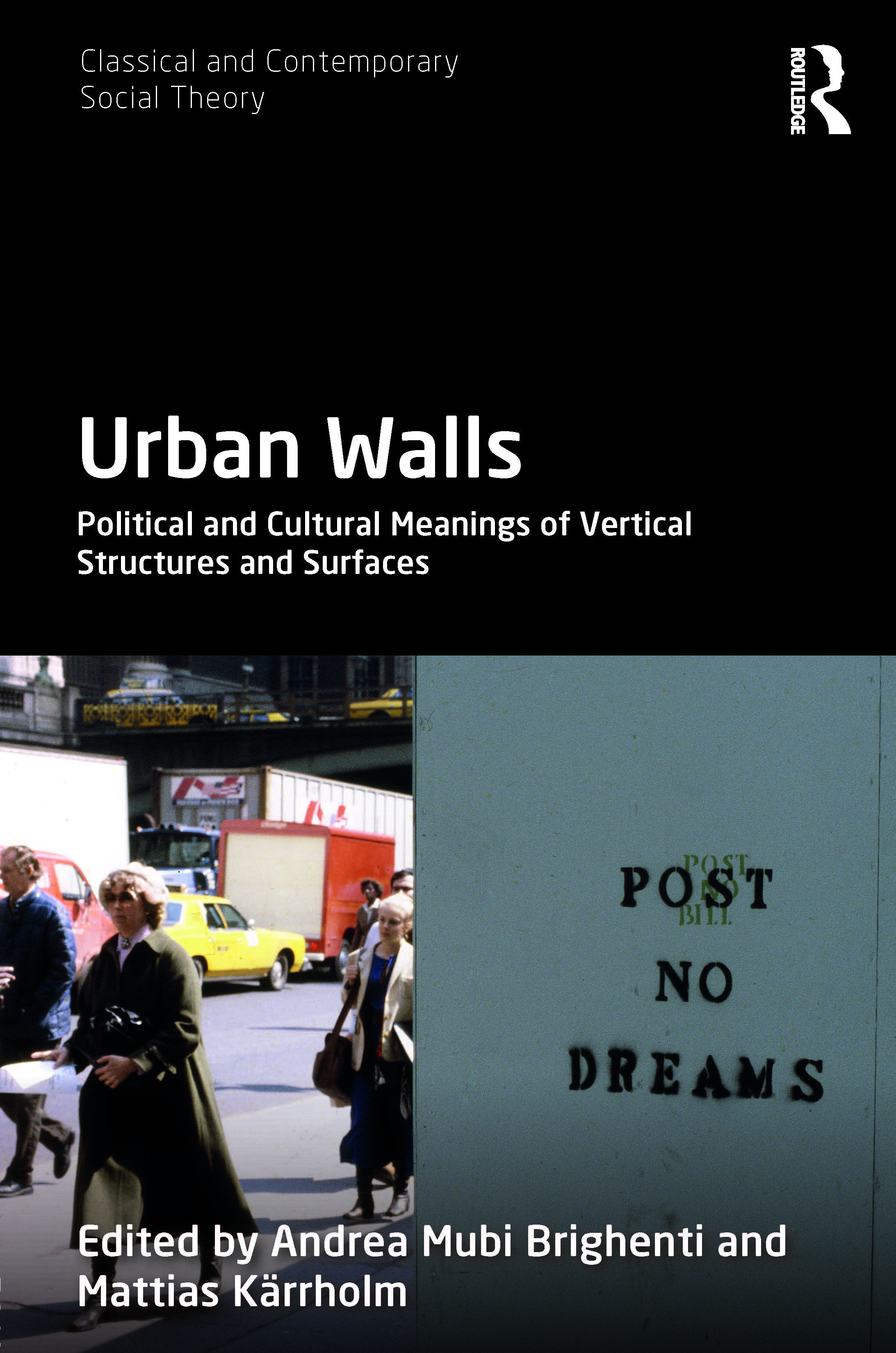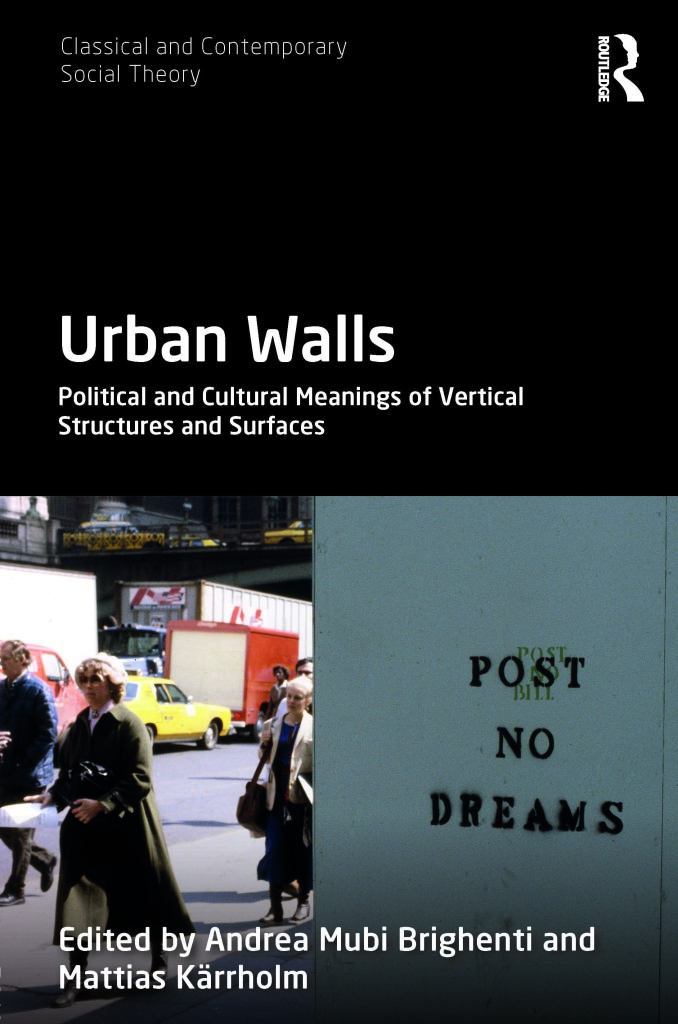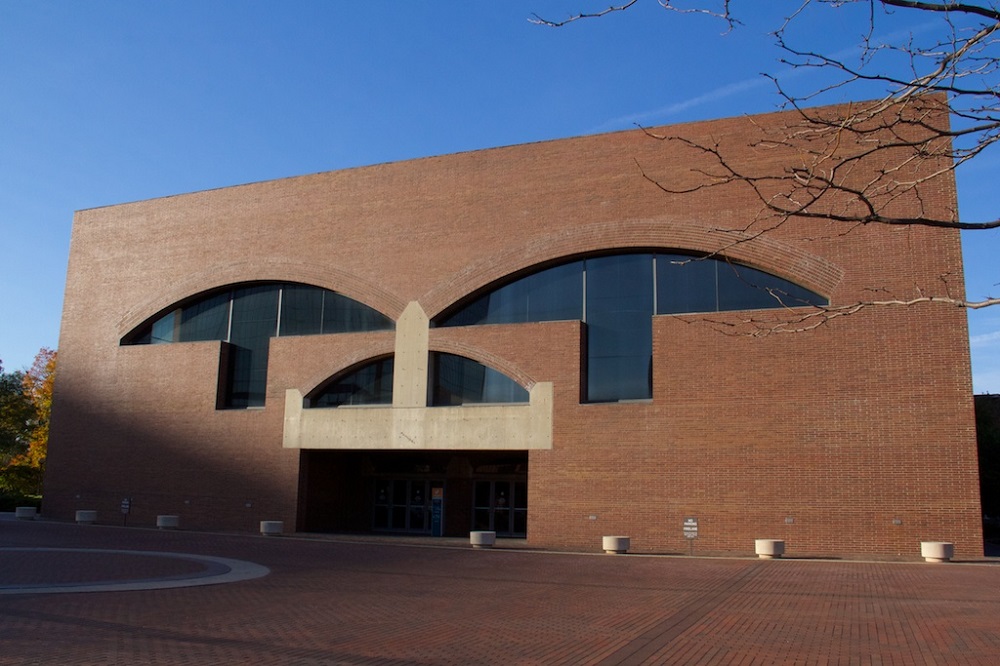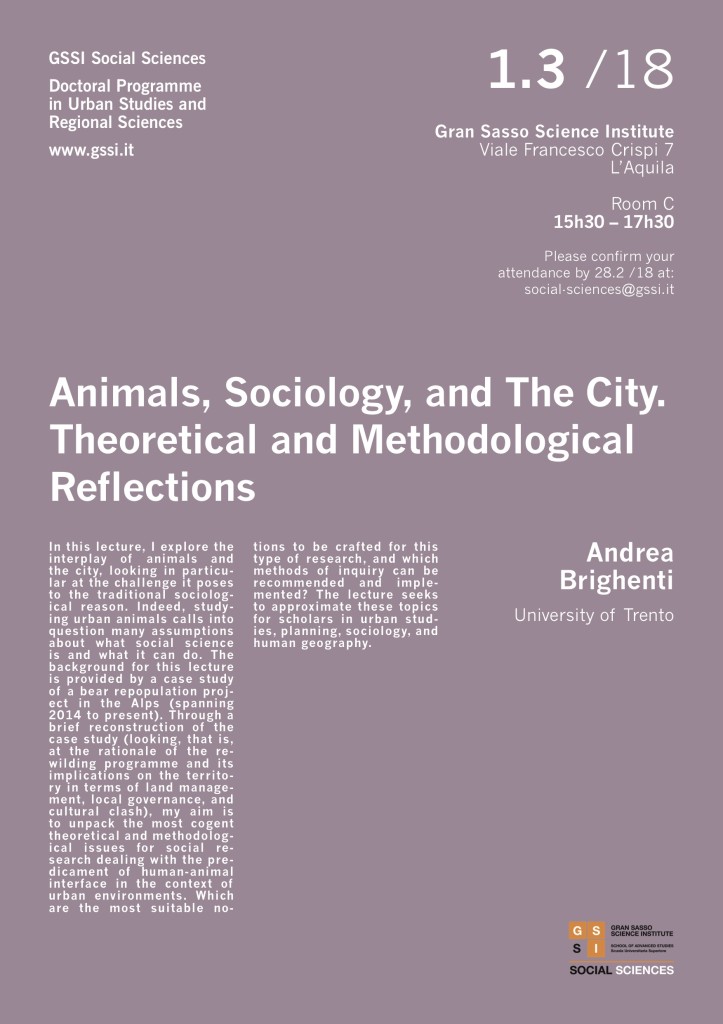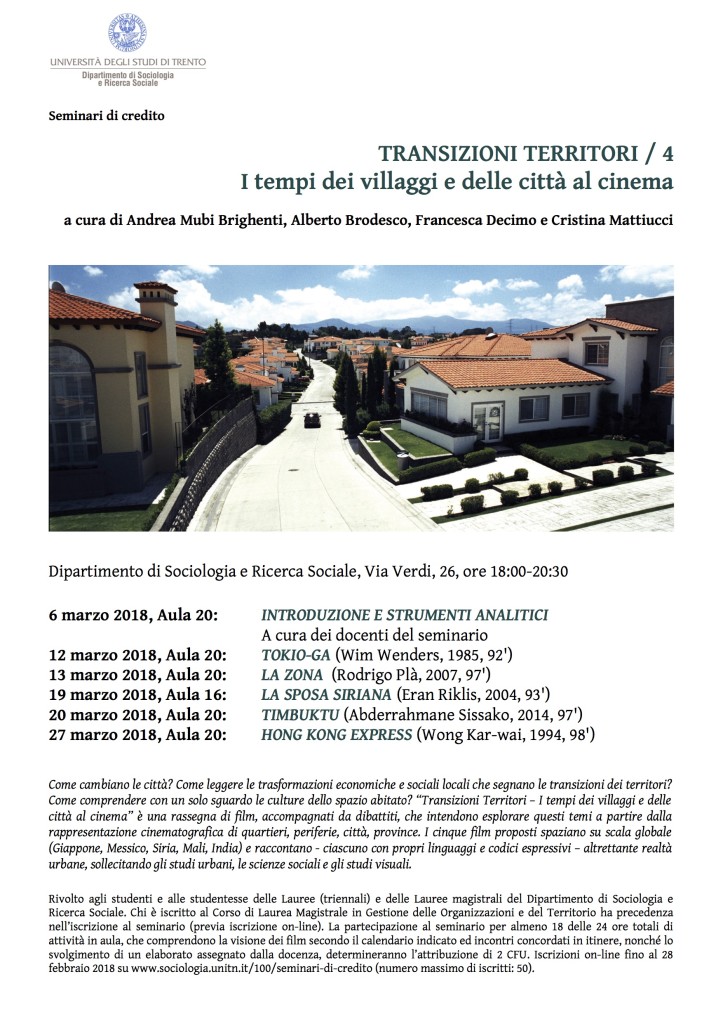“He who has attained to only some degree of freedom of mind cannot feel other than a wanderer on the earth – though not as a traveller to a final destination: for this destination does not exist. But he will watch and observe and keep his eyes open to see what is really going on in the world; for this reason he may not let his heart adhere too firmly to any individual thing; within him too there must be something wandering that takes pleasure in change and transience. Such a man will, to be sure, experience bad nights, when he is tired and finds the gate of the town that should offer him rest closed against him; perhaps in addition the desert will, as in the Orient, reach right up to the gate, beasts of prey howl now farther off, now closer to, a strong wind arise, robbers depart with his beasts of burden. Then dreadful night may sink down upon the desert like a second desert, and his heart grow weary of wandering. When the morning sun then rises, burning like a god of wrath, and the gate of the town opens to him, perhaps he will behold in the faces of those who dwell there even more desert, dirt, deception, insecurity than lie outside the gate – and the day will be almost worse than the night. Thus it may be that the wanderer shall fare; but then, as recompense, there will come the joyful mornings of other days and climes, when he shall see, even before the light has broken, the Muses come dancing by him in the mist of the mountains, when afterwards, if he relaxes quietly beneath the trees in the equanimity of his soul at morning, good and bright things will be thrown down to him from their tops and leafy hiding-places, the gifts of all those free spirits who are at home in mountain, wood and solitude and who, like him, are, in their now joyful, now thoughtful way, wanderers and philosophers. Born out of the mysteries of dawn, they ponder on how, between the tenth and the twelfth stroke of the clock, the day could present a face so pure, so light-filled, so cheerful and transfigured: – they seek the philosophy of the morning.”
Nietzsche, Human, All too Human (I, §638)
